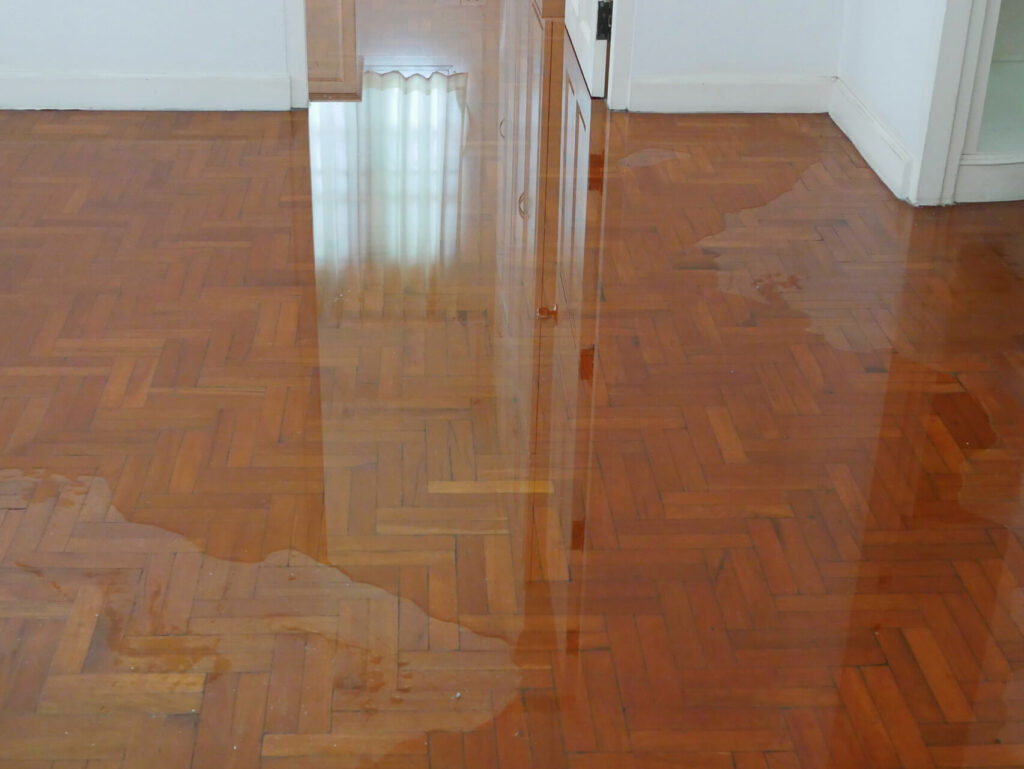
Water Extraction and Removal
Every water restoration job involves extraction and removal. Typically, this starts with truck-mounted pumps, but other water removal strategies are used in some cases.
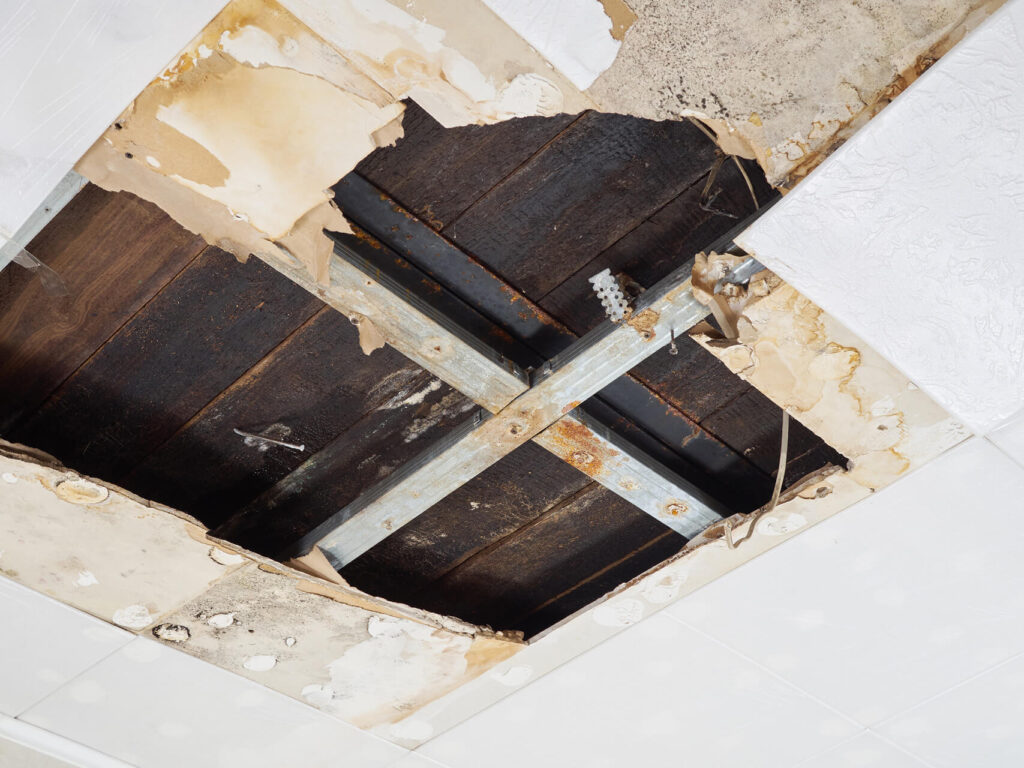
Did you know?
From leaks and burst pipes to flooding from heavy rain, water damage can lead to structural issues, mold growth, and damage to your belongings.
Water damage can cause immediate damage but also long-term consequences if not addressed promptly. Ignoring it will only increase the cost of repairs. Whether you are dealing with a minor leak or a major flood, Remodeling.com is here to connect you with trusted professionals who specialize in water damage restoration.
Remodeling.com makes it easy
The national average cost of water damage restoration is $3,750. However, the total restoration cost can vary significantly. Restoration services include water extraction, drying and dehumidification, mold remediation, and structural repairs.
Price factors include the extent of the damage, the type of water involved, the materials involved, and the specific services required. Water damage restoration typically costs $3.75 to $7.50 per square foot. Clean water from a burst supply line is often the least expensive to clean up. Gray water from drain lines and black water from sewage backups cost more. Mold removal is also extra.

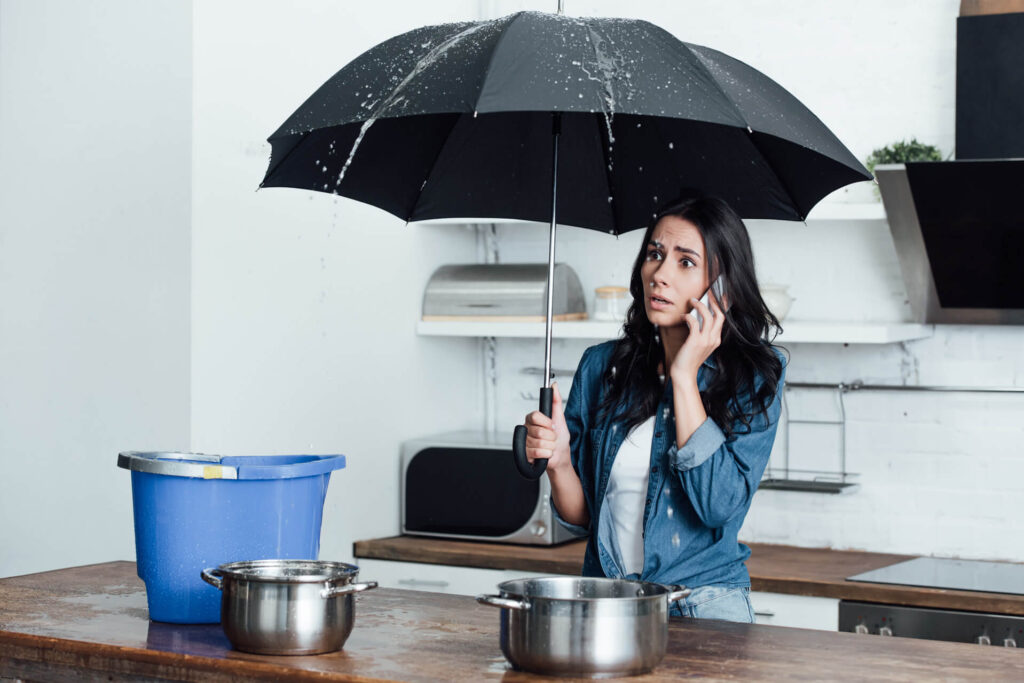
Choosing the right option

Every water restoration job involves extraction and removal. Typically, this starts with truck-mounted pumps, but other water removal strategies are used in some cases.
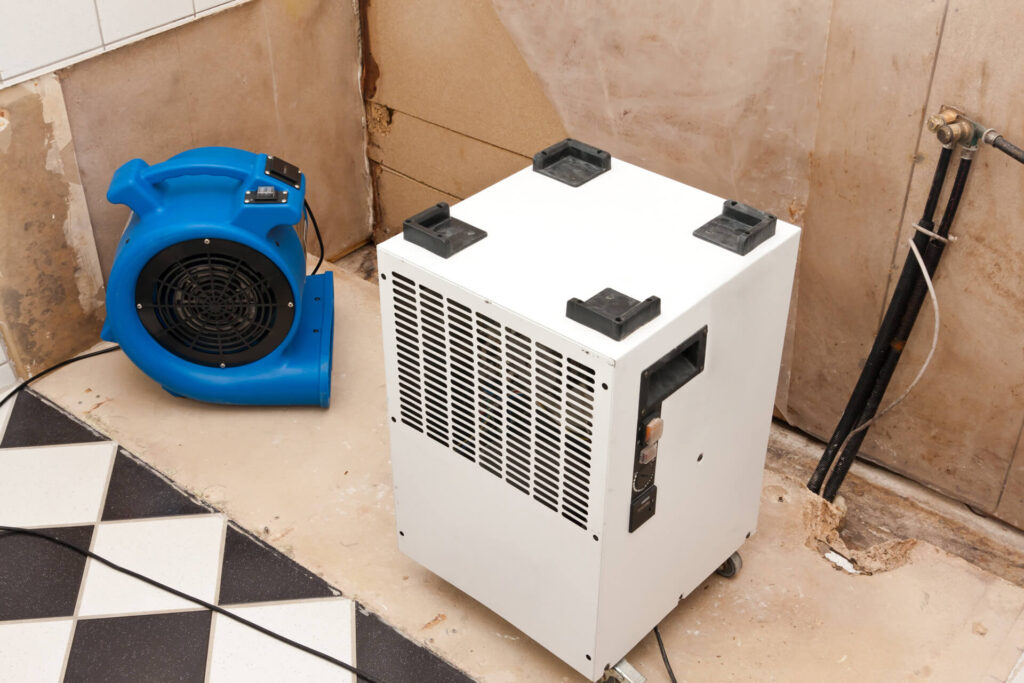
After water removal, the affected area is thoroughly dried to prevent mold growth and further damage. Industrial-grade dehumidifiers and high-speed air movers are used to speed up the drying process.
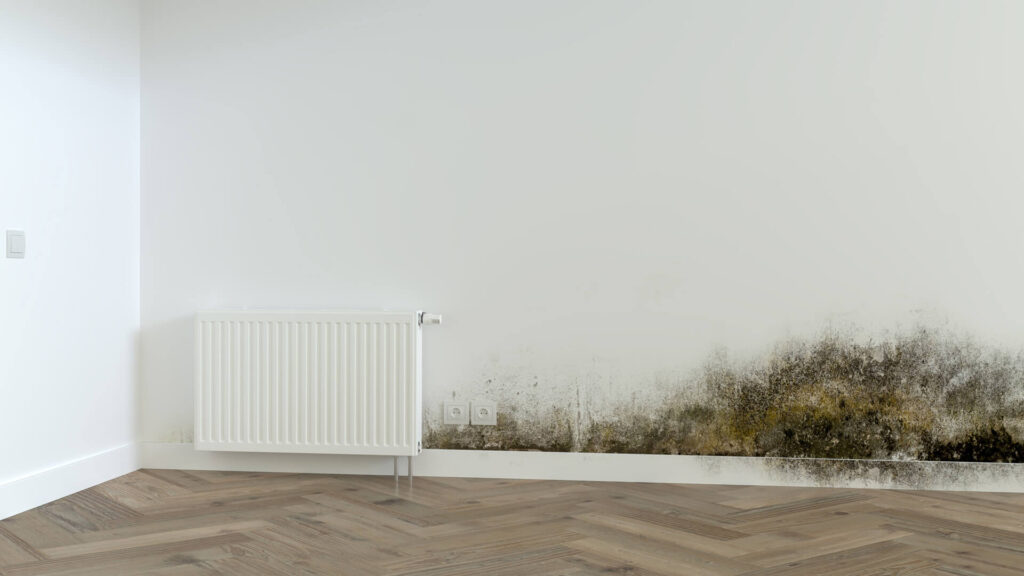
Mold is common after water damage, and special remediation services are often necessary. Your water restoration technician will assess your mold problem and develop a strategy to remove and prevent it from coming back.

Water damage can weaken structural elements of a building, such as walls, ceilings, and floors. Your restoration pros will inspect the structural integrity of the damaged area and make the necessary repairs to keep your home safe.
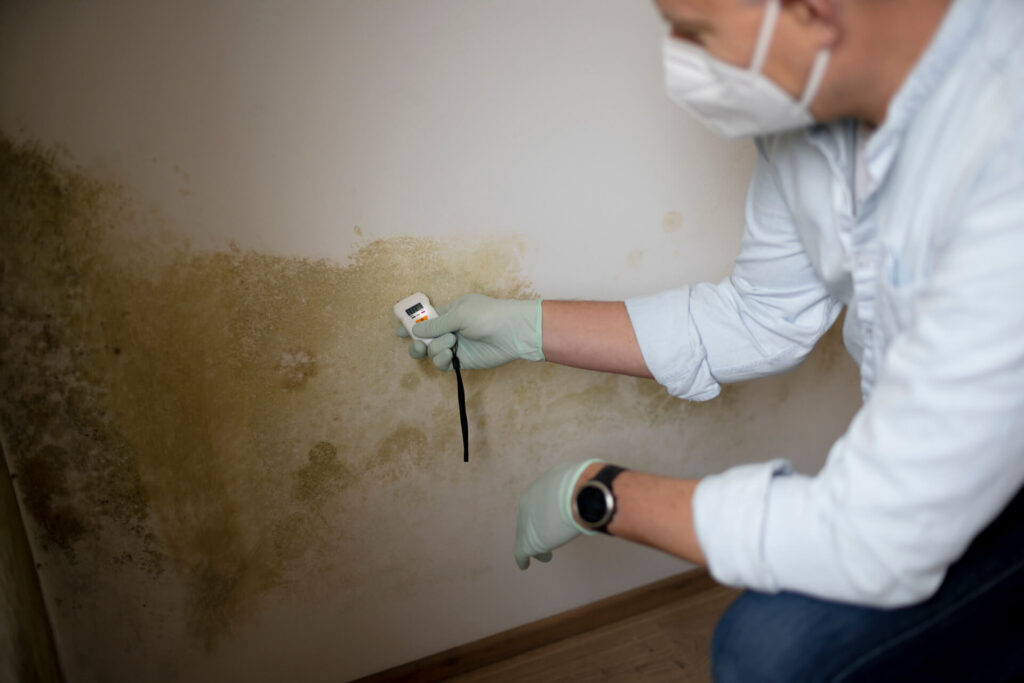
While most common after a sewage backup, any source of water can lead to mold and bacteria. After removing the water and assessing the damage, your technician will disinfect and sanitize the affected area.
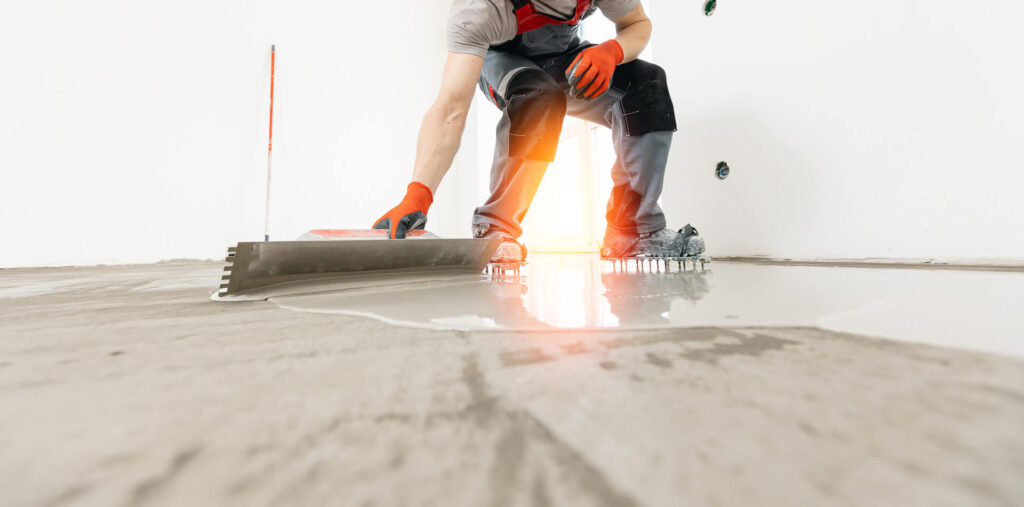
Water damage can also cause unpleasant odors. Restoration specialists employ various techniques to remove odors and improve indoor air quality, including air scrubbers and deodorizing agents.
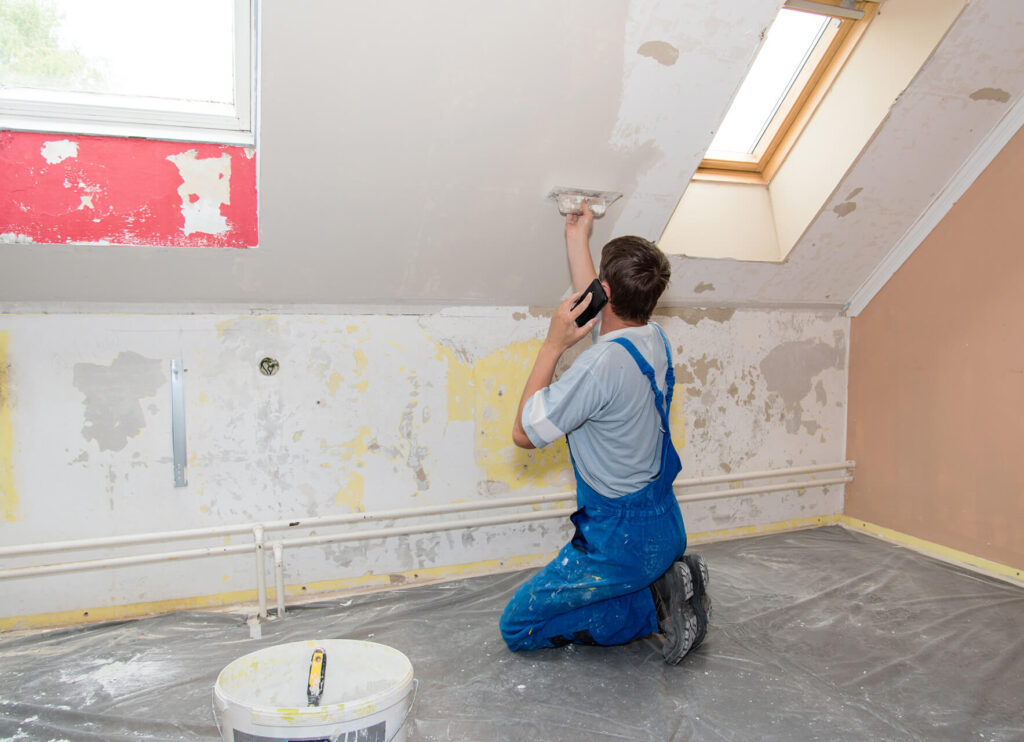
Once the affected area is thoroughly dried, cleaned, and repaired, the final step is often reconstruction. This may involve replacing damaged materials, repainting, retiling, and restoring the area to its pre-damaged condition.
Find a local pro for your project.